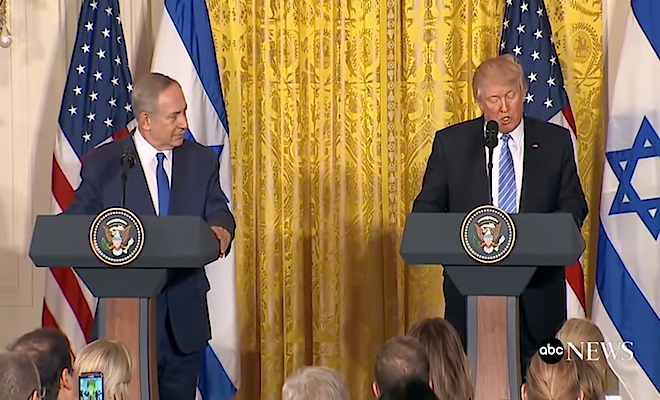 NEO.org
NEO.org
Featured
Inner-fighting and Conflicting Agendas are Eroding Al Saud’s Empire
by
If Saudi Arabia has seen several kings fall and rise throughout the decades, it is probably King Abdullah ibn Saud’s death this January 23, 2015 which will be most remembered by historians, as his departure marked more than just a transition of power; it rang the end of one mighty Saudi empire.
And though many experts continue to argue that the kingdom remains strong and united since the very thorny matter of royal succession was pre-emptively handled by late king Abdullah through the appointment of one crown prince and a deputy crown prince, Saudi Arabia’s court is alight with fiercely competitive and opposing ambitions.
Following two decades spent in the shadow of king Abdullah – the late king took over from late king Fahd in 1995 after a debilitating stroke left him unable to handle the affairs of the state – Saudi Arabia is stumbling in the shadows, looking of a new footing amid an increasingly unstable region.
If king Abdullah exerted many efforts in bringing the region to heed – at times rather successfully – 2011 came to shatter this sense of control, throwing in the wind the very political fabric upon which the Middle East and North Africa had sat upon and revolve around.
And though for a time at least king Abdullah’s policies in the MENA seemed to bear fruits — the kingdom successfully spearheaded counter-revolutions to shore up tyrannical regimes in Egypt, Yemen, Tunisia as well as shielded his own backyard garden by invading and occupying Bahrain — inner political tensions and irresponsible foreign policies now threaten to unravel this house of card.
Born in the desert of Nejd at the turn of the 20th century, the mighty kingdom of Saudi Arabia which was built on the back of an the alliance in between the house of Saud and Mohammed Abdel Wahhab – the founding father of Wahhabism, a violent and acetic branch of Sunni Islam – over two centuries ago, could return to the sand.












